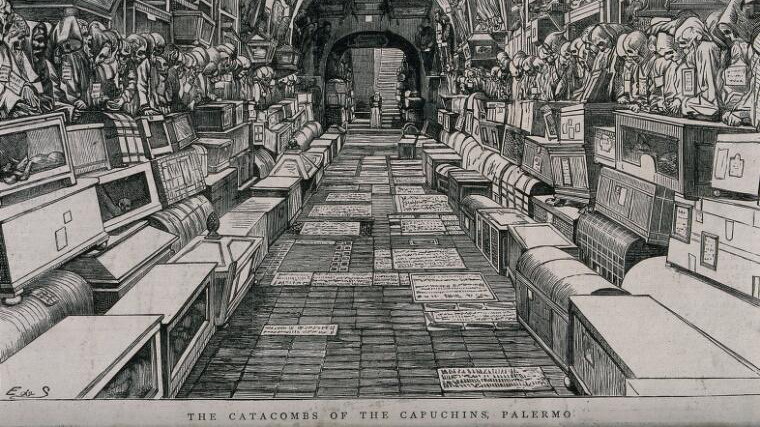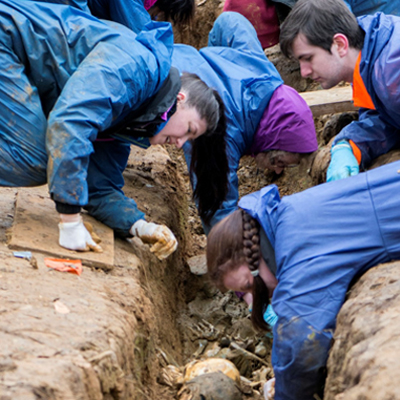
-
41 mummified children’s remains to be analysed with pioneering radiography methods
-
Technically challenging task will reveal more about lives and deaths of children
X-ray experts from Cranfield University are supporting a project to uncover the 200-year-old secrets of children’s mummies housed in the Capuchin Catacombs in Sicily, southern Italy.
The project team has been given exclusive access to a previously unstudied part of the underground cemetery of the Capuchin Convent in Palermo which contains the largest collection of mummies in Europe, with over 1,284 mummified and skeletonised bodies dating from the late 16th to early 20th century.
Pioneering non-invasive methods will analyse remains
Pioneering non-invasive radiography methods are being used in the project to analyse the remains of 41 mummified children from the 19th century.
Portable X-ray units will be used to capture digital images of each child from head to toe and 574 radiographs will be taken in total to help estimate the age and sex of the children along with identifying any pathological and traumatic lesions.
Dr Mark Viner, Senior Lecturer in Forensic Radiography at Cranfield Forensic Institute, said: “This is a unique opportunity to learn more about the lives, deaths and funerary practices involving children in 19th century Sicily. Undertaking radiography underground in the catacombs will be logistically and technically challenging. We will be working in a limited space and the mummies are very fragile. Not only will we need to be respectful of the deceased, but will need to move them as little as possible.”
Child mummies have largely been overlooked
Children were accepted in the Catacombs from 1787 but while extensive research has been conducted on the mummified adults, the juvenile mummies have largely been overlooked.
Dr Kirsty Squires, Associate Professor of Bioarchaeology at Staffordshire University, who is leading the project, said: “The Capuchin Catacombs comprise one of the most important collections of mummies in the world. However, there is very little documentary evidence about the children who were granted mummification and the death records from the period contain limited information. Our study will rectify this knowledge gap.”
As photography is prohibited in the Catacombs and the subject matter is highly sensitive, artist Eduardo Hernandez will produce illustrations of the juvenile mummies to be shared alongside journal articles, lectures, a blog and teaching packs translated into both Italian and English.
The Arts and Humanities Research Council has awarded more than £70,000 funding for the two-year project which began in December 2021.
Keep up to date with the project on the juvenile mummy project blog.
